Changing color is one of nature’s most fascinating tricks. Some animals can alter their appearance to blend in with their surroundings, communicate, or ward off predators. Here are some incredible creatures with this unique ability, each with their own distinct methods and reasons for changing color.
Chameleon

Chameleons originate from Africa, Madagascar, southern Europe, and parts of Asia. These reptiles are known for their bulging eyes and long, sticky tongues. Their skin contains special cells called chromatophores, which allow them to change color by expanding or contracting different pigments. They use this ability to regulate body temperature, communicate with other chameleons, and blend into their environment.
Cuttlefish
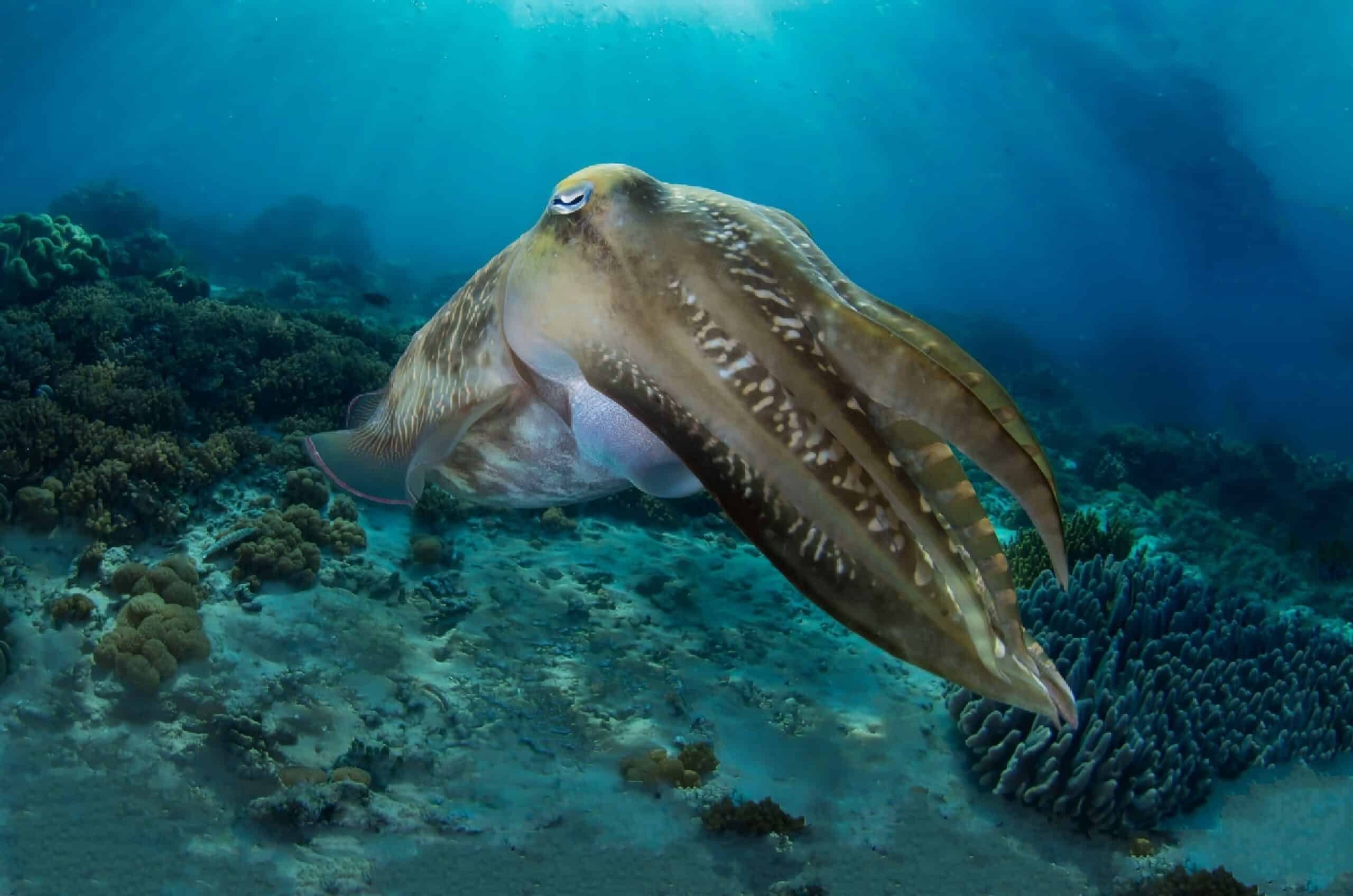
Cuttlefish are marine animals found in oceans worldwide, especially in shallow, tropical, and temperate waters. They belong to the cephalopod family, which includes octopuses and squids. Their skin has chromatophores, leucophores, and iridophores, enabling them to change color and texture rapidly. This skill helps them camouflage, communicate, and hunt prey by creating mesmerizing displays of color. Cuttlefish can also produce bioluminescent light, adding another layer of complexity to their color-changing abilities.
Octopus

Octopuses live in diverse ocean habitats, from coral reefs to the deep sea. They are highly intelligent and possess remarkable color-changing abilities. By controlling their chromatophores and reflective cells, called iridophores and leucophores, octopuses can match their surroundings almost instantly. This helps them hide from predators, communicate with other octopuses, and even intimidate rivals.
Squid
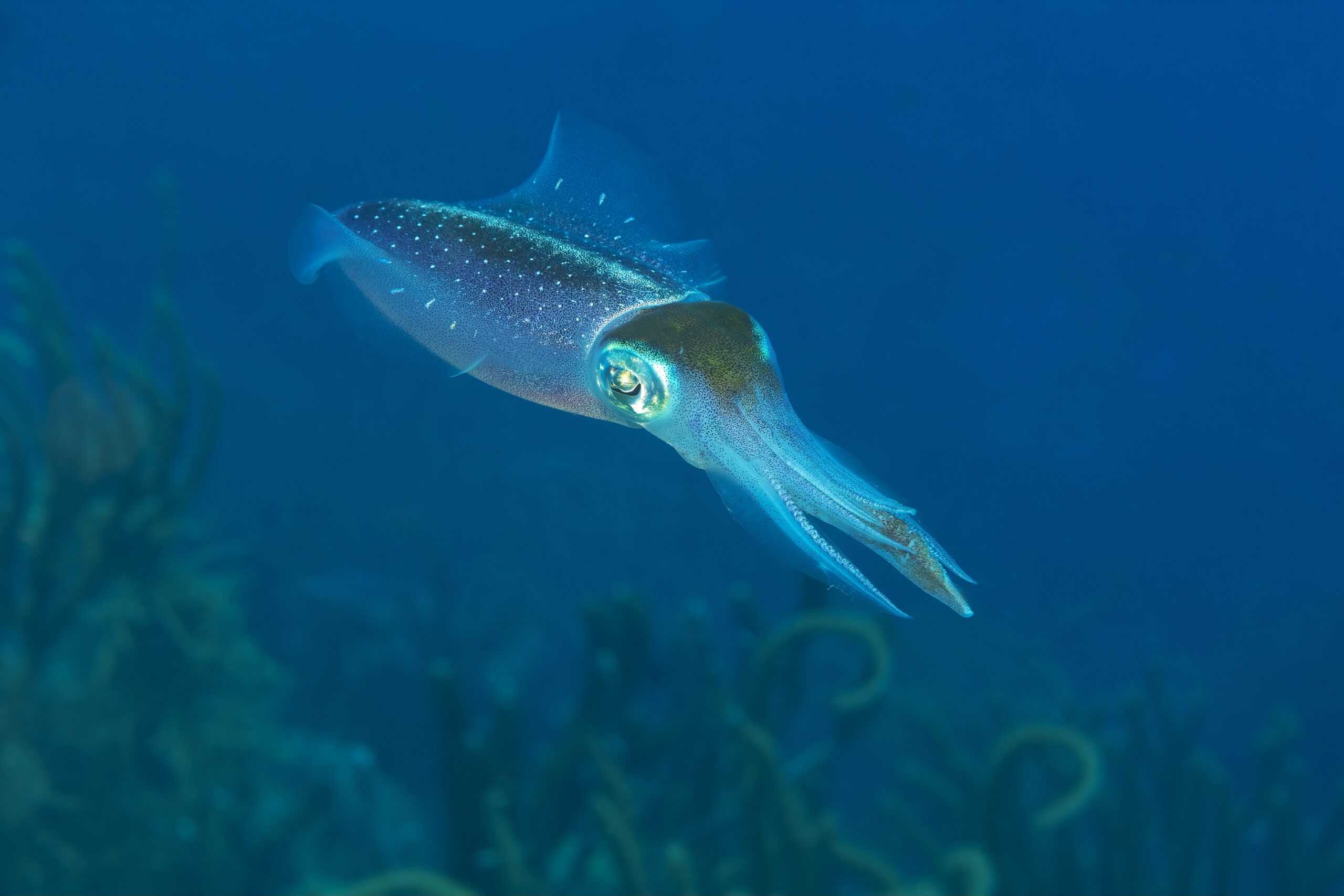
Squids are found in oceans around the world, thriving in both deep and shallow waters. They are part of the cephalopod family and are known for their speed and agility. Squids change color by manipulating chromatophores in their skin, which allows them to blend in with their surroundings or signal to other squids. This ability is crucial for avoiding predators and for their complex communication during mating rituals.
Anole Lizard
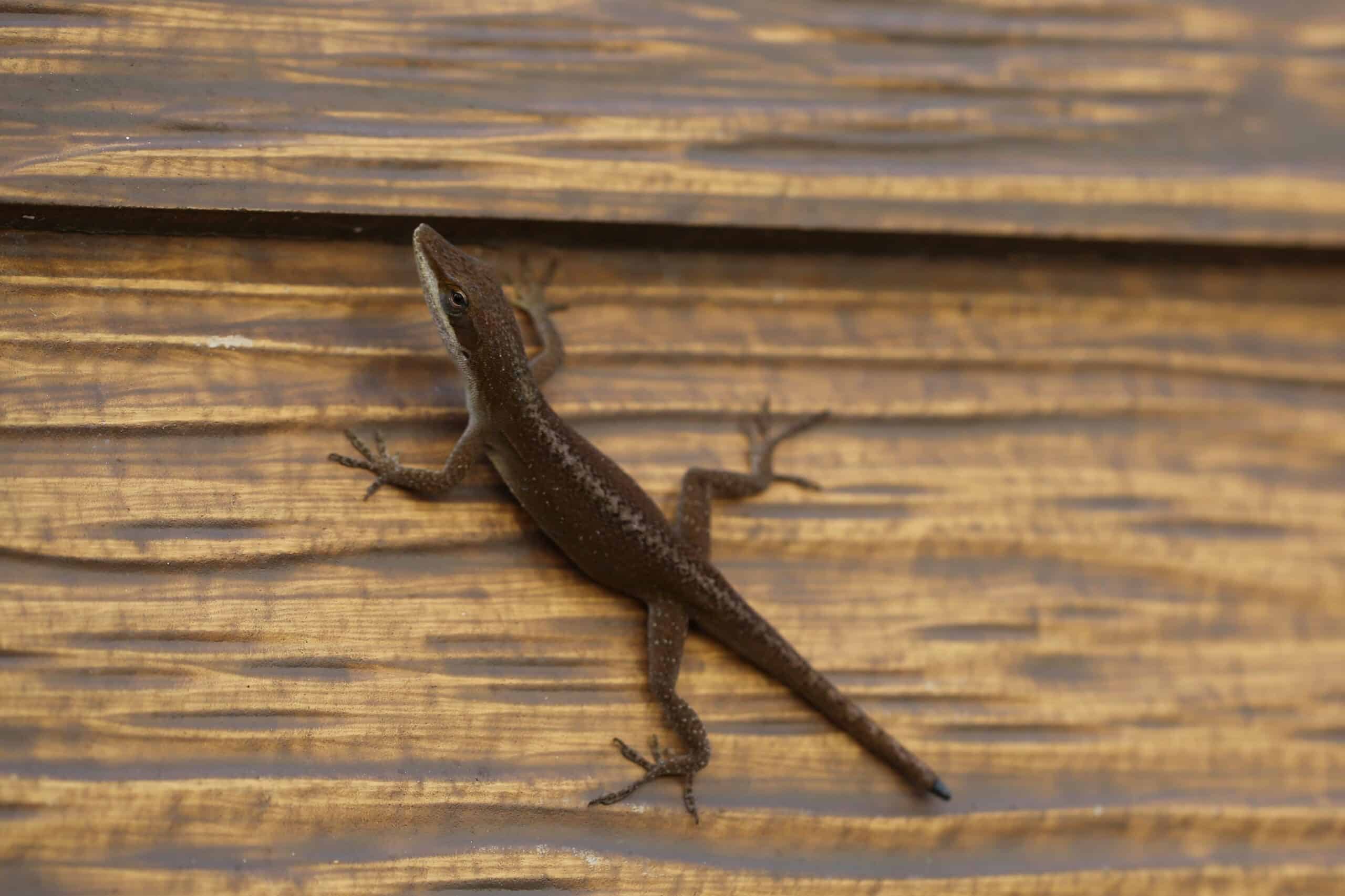
Anole lizards are native to the Americas, especially the Caribbean and southeastern United States. They are small, agile lizards with the ability to change their skin color. Anoles adjust their color through chromatophores in their skin, typically shifting from green to brown. This ability helps them regulate their body temperature, communicate with other anoles, and camouflage from predators. The color change can also indicate the lizard’s stress levels or social status, with dominant males often displaying brighter colors.
Flounder
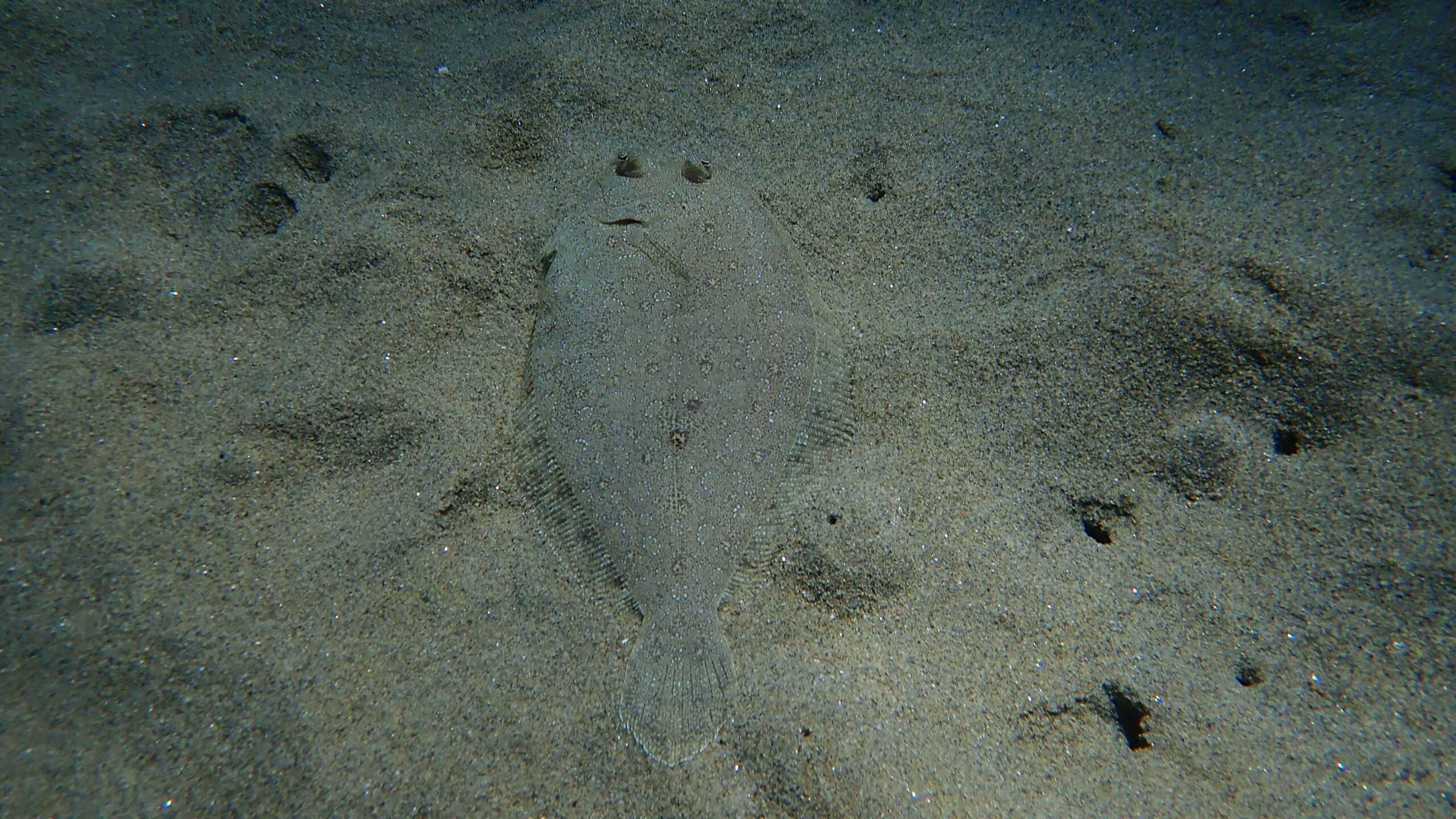
Flounders are flatfish found at the bottom of oceans worldwide, particularly in coastal waters. These fish have an unusual appearance, with both eyes on one side of their body. Flounders change color to match the sea floor, a process controlled by chromatophores in their skin. This camouflage helps them avoid predators and ambush prey, blending seamlessly with the sandy or rocky ocean bottom. The ability to change color also aids flounders in thermoregulation, allowing them to absorb or reflect sunlight as needed.
Peppered Moth
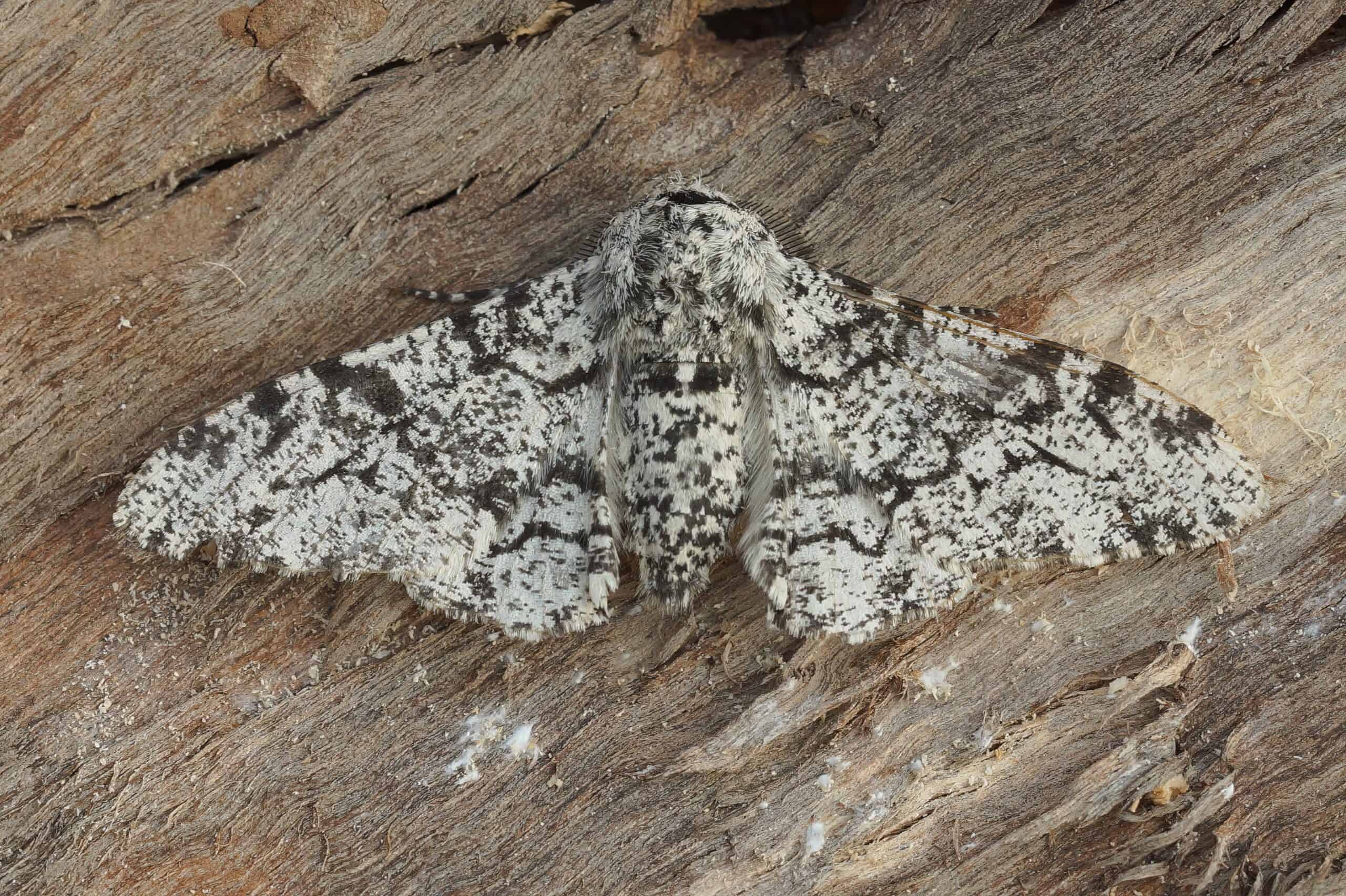
The peppered moth is native to Europe, Asia, and North America. It is a small moth known for its remarkable ability to blend into its environment. Originally, the peppered moth had a light coloration, which helped it camouflage against lichen-covered trees. However, during the Industrial Revolution, soot darkened the trees, and the moth population shifted to a darker color. This rapid change in coloration is a prime example of natural selection.
Golden Tortoise Beetle
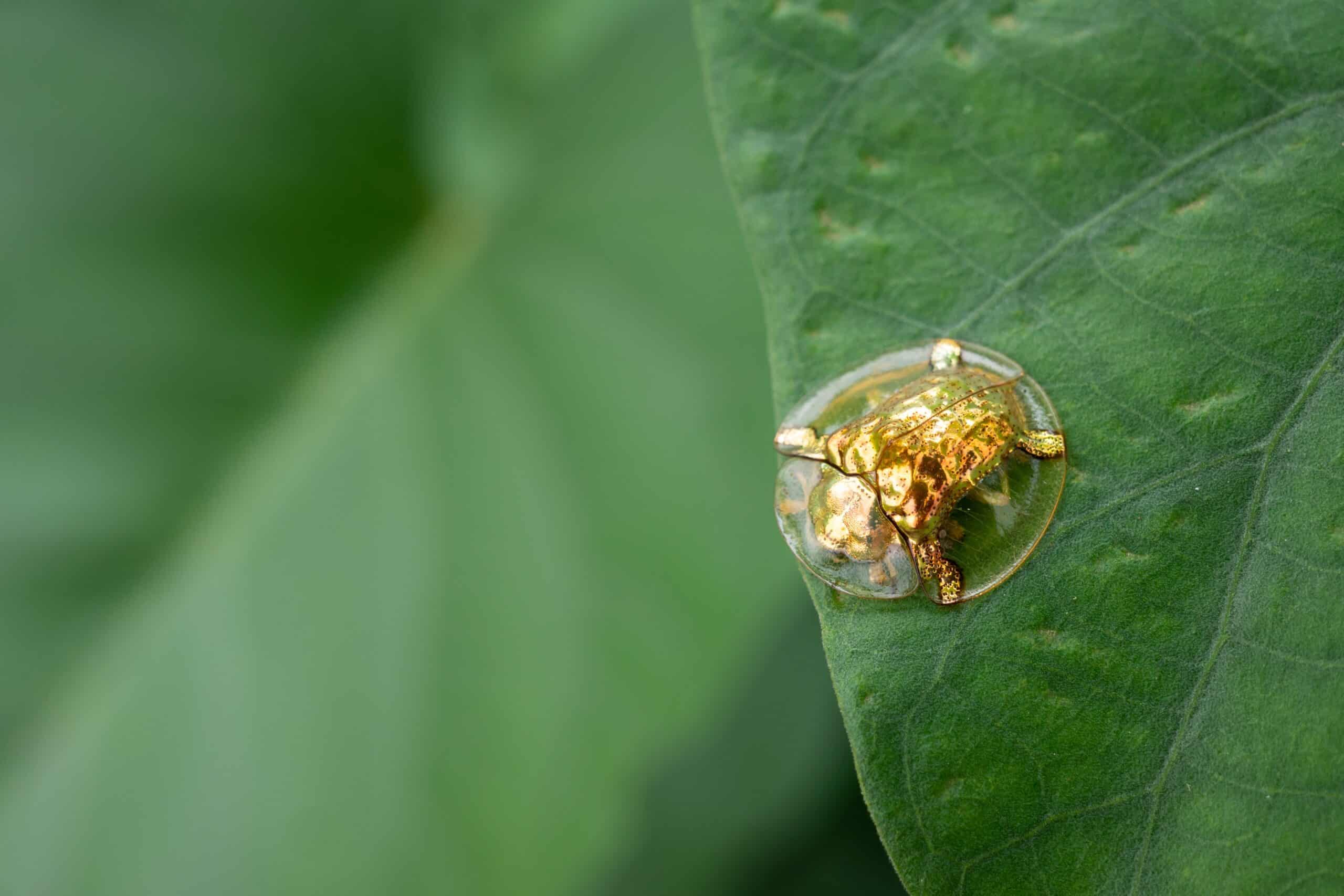
Golden tortoise beetles are found in North and Central America. These small, oval-shaped beetles are known for their striking metallic gold color. They can change color from gold to red, depending on their mood or level of disturbance. This change is caused by the microscopic structures on their outer shell that reflect light differently. When disturbed, the beetle’s gold coloration fades, revealing a reddish-brown color underneath. This color change can confuse predators and provide the beetle with a defense mechanism.
Pacific Tree Frog

The Pacific tree frog is native to the western coast of North America. These small amphibians are known for their distinctive vocalizations and ability to change color. They can vary their skin color from green to brown to match their environment. This color change helps them blend into foliage and avoid predators. Pacific tree frogs change color by expanding or contracting cells containing different pigments in their skin. This process is influenced by factors such as temperature, humidity, and the frog’s emotional state.
Seahorse
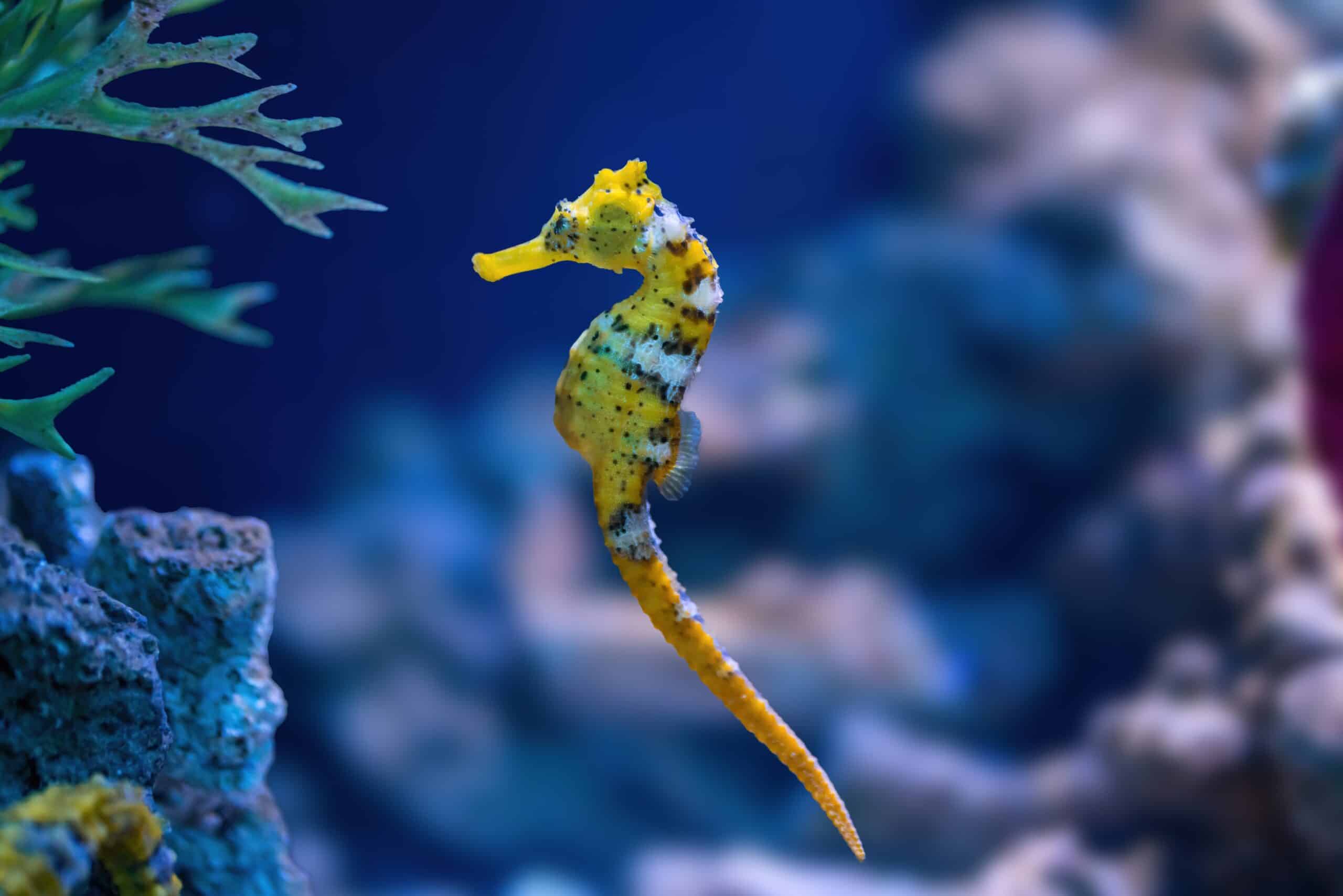
Seahorses are found in shallow tropical and temperate waters around the world. They are unique among fish for their upright swimming posture and horse-like head. Seahorses can change color to blend in with their surroundings, which helps them avoid predators and ambush prey. They use specialized cells called chromatophores to achieve this color change. Seahorses are also known for their complex courtship displays, during which they change color to attract mates.
Crab Spider
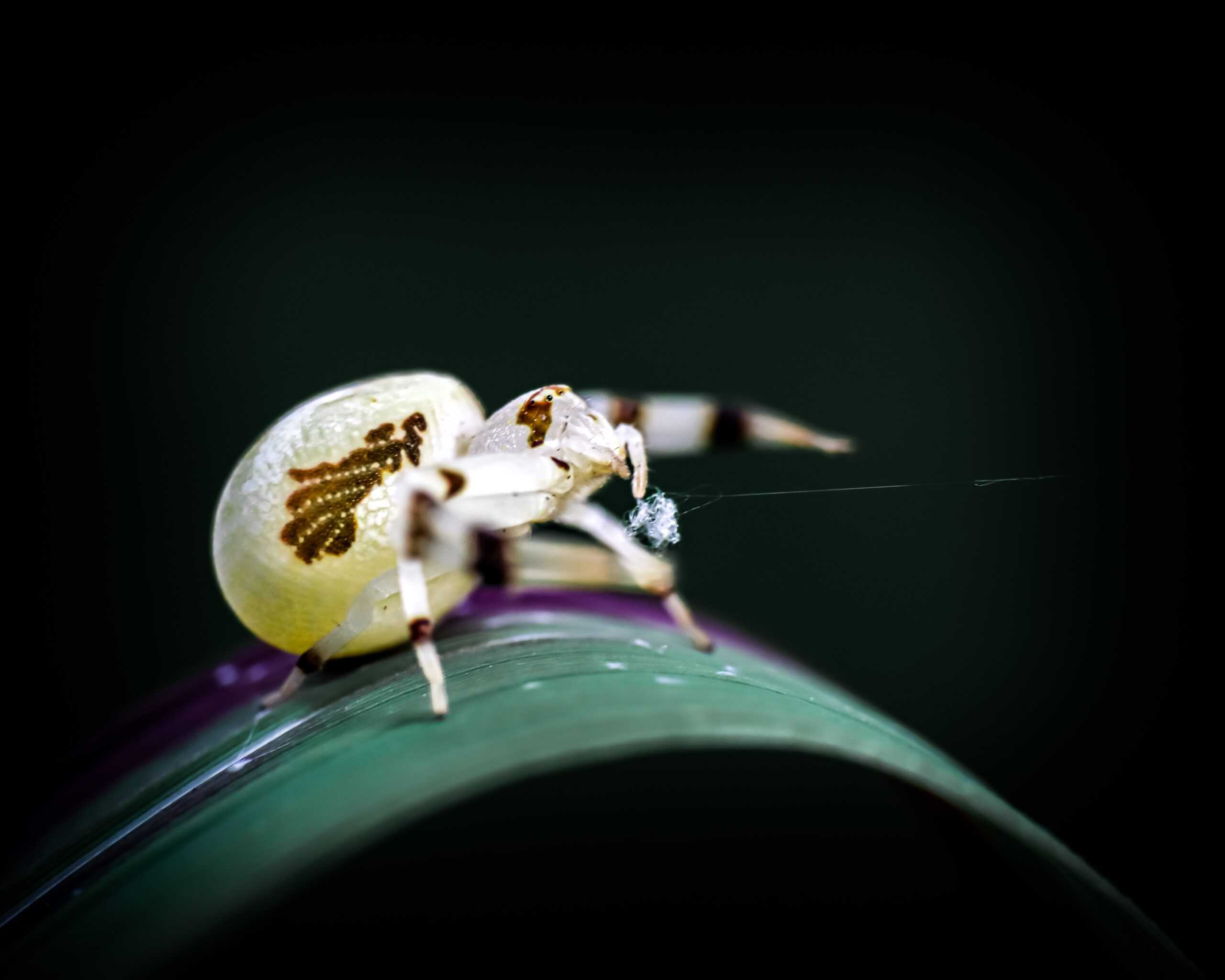
Crab spiders are found in various habitats worldwide, including gardens, forests, and meadows. They are named for their crab-like appearance and movement. Some species of crab spiders can change color to match the flowers they inhabit, ranging from white to yellow or pink. This color change helps them ambush prey and avoid detection by predators. The color change in crab spiders occurs over several days and is controlled by the spider’s ability to secrete pigments into their outer layer. This adaptation allows them to blend seamlessly into their environment, making them effective hunters.
Moorish Idol
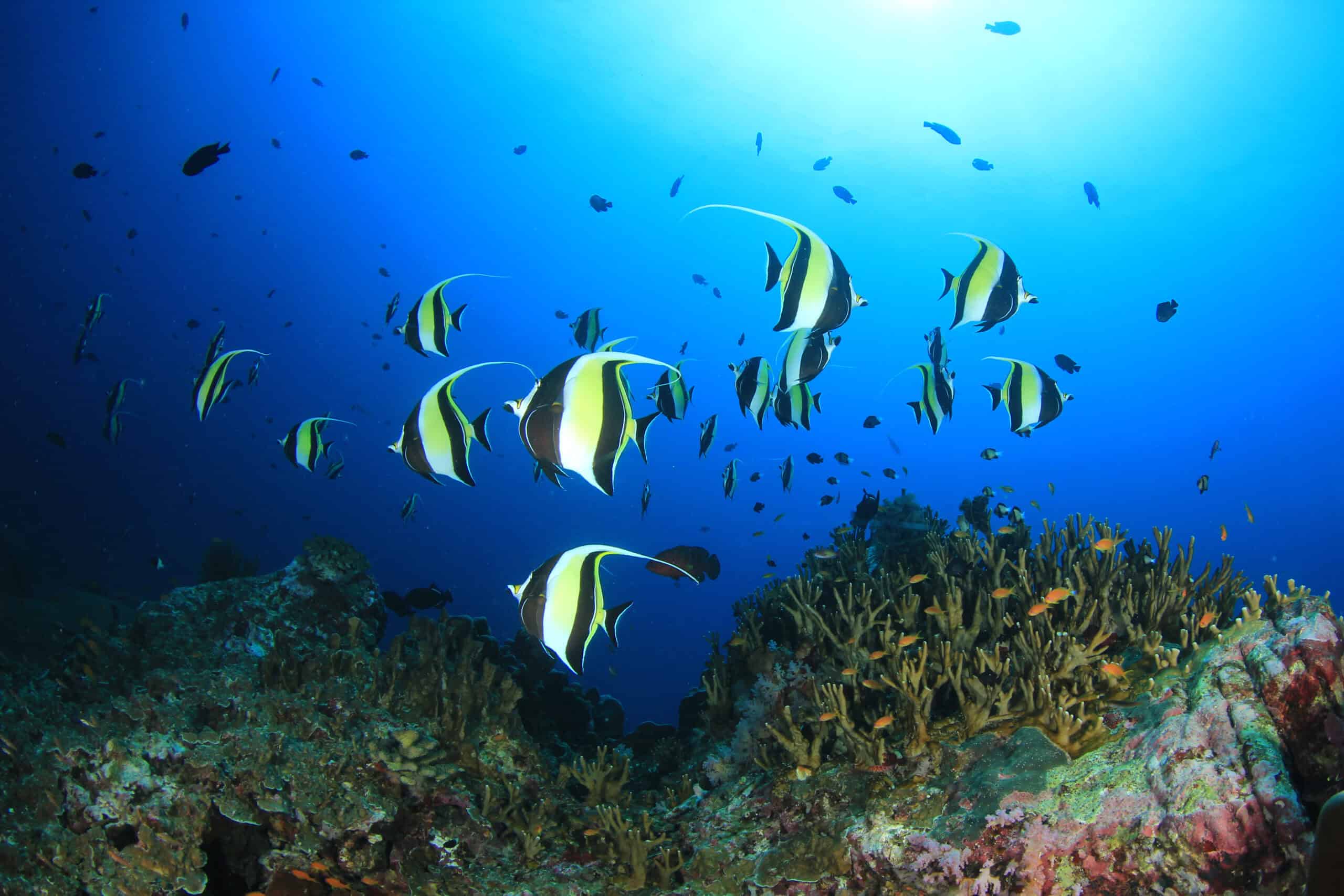
The Moorish idol is a striking fish native to the Indo-Pacific region. Known for its elongated dorsal fin and bold black, white, and yellow stripes, this fish is often seen in coral reefs. While Moorish idols don’t change color as dramatically as some other species, they can adjust the intensity of their colors to blend with their surroundings. This subtle color change is achieved through chromatophores in their skin, which help them communicate with other fish and avoid predators.
Parrotfish
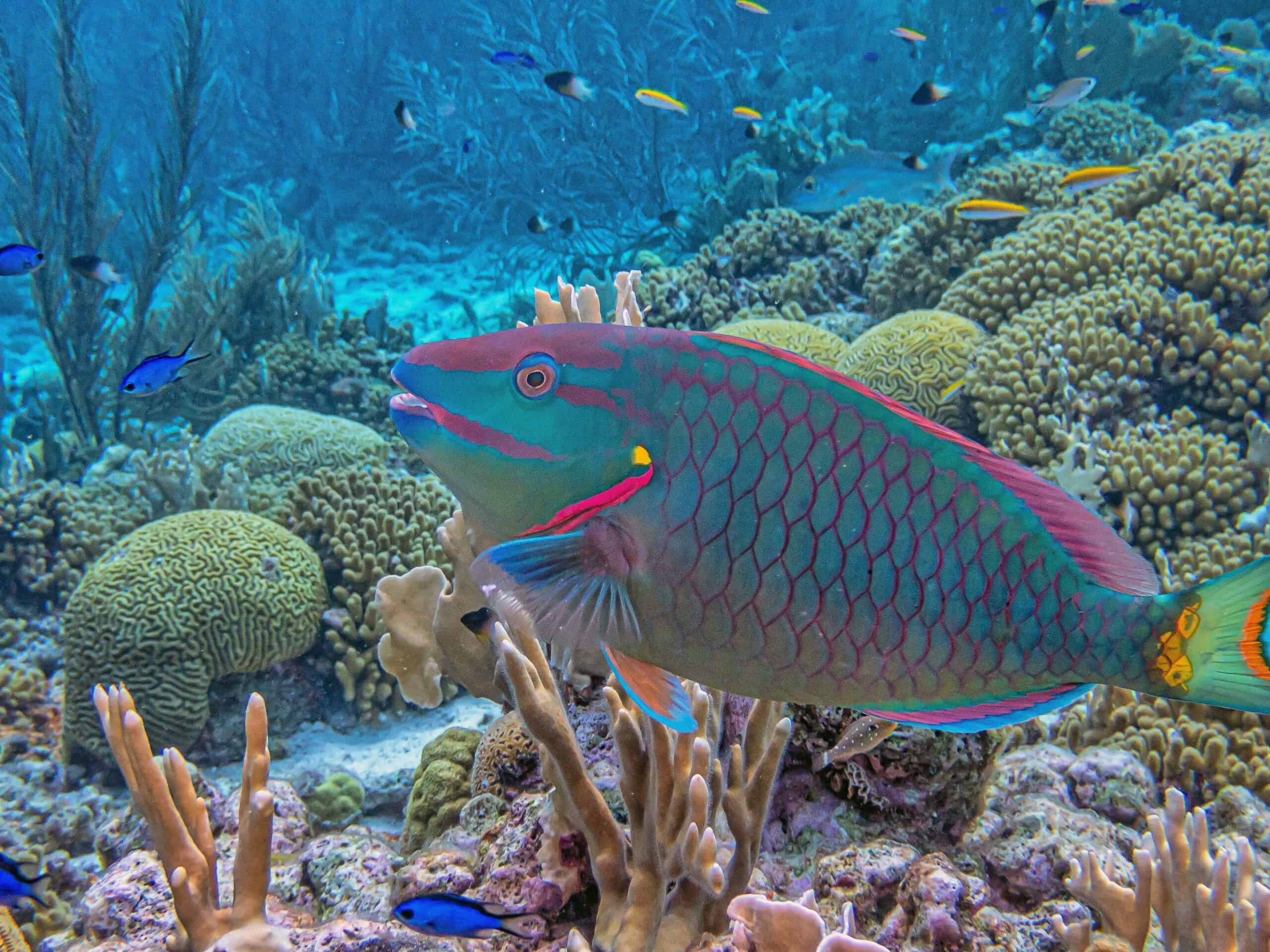
Parrotfish are found in tropical and subtropical oceans worldwide, particularly in coral reefs. These colorful fish are named for their parrot-like beaks, which they use to scrape algae from coral. Parrotfish can change their color dramatically during different life stages and social interactions. Juvenile parrotfish often have different color patterns compared to adults, and they can also change color rapidly in response to environmental conditions or during mating displays.
This article originally appeared on Rarest.org.
More from Rarest.org
1940 Jefferson Nickel Value Guide
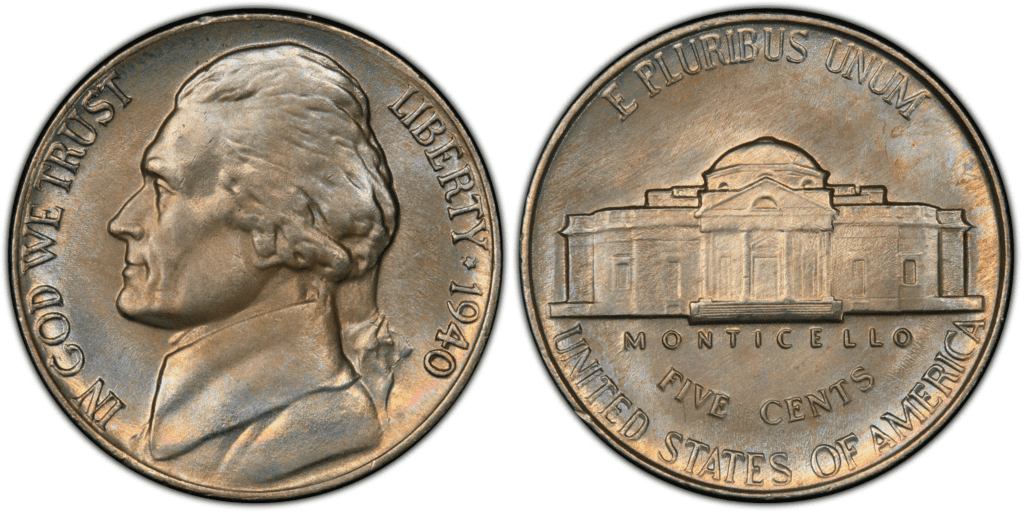
Buffalo nickels were discontinued in 1938, and 5-cent Jefferson nickels were introduced. The bust of former American President Thomas Jefferson that appears on the coin’s obverse inspired their moniker. Read More.
15 Rare Antique Coin Types
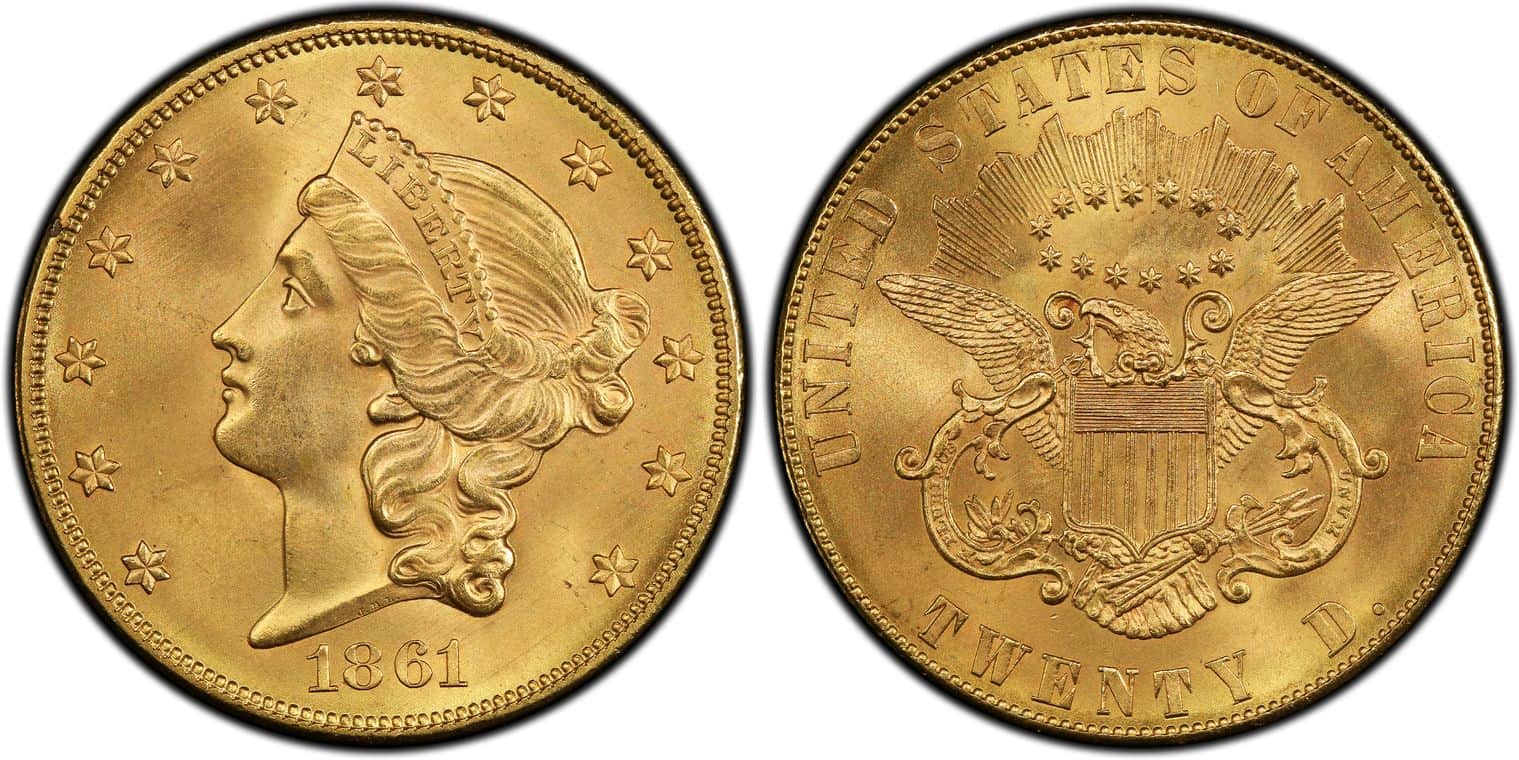
Collecting antique coins is a captivating hobby that offers a glimpse into the past, blending history, artistry, and rarity. Among the vast array of coins, some stand out for their extreme scarcity and fascinating stories. Read More.
20 Unique Natural Marvels Around the World

Nature is full of surprises, presenting us with extraordinary phenomena that challenge our understanding and ignite our sense of wonder. Read More.
